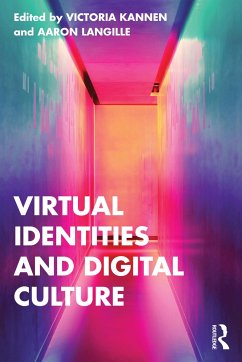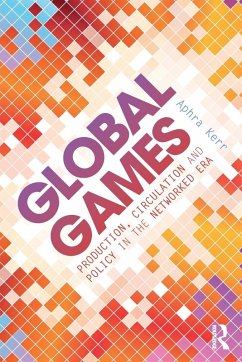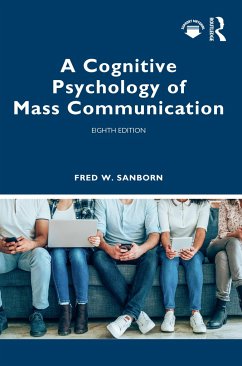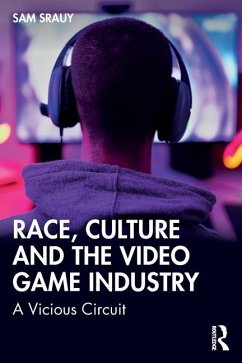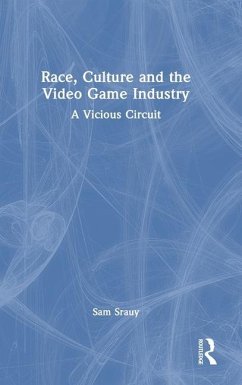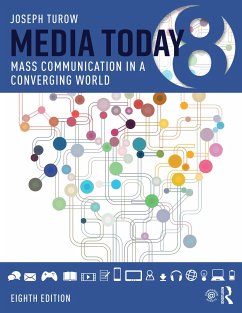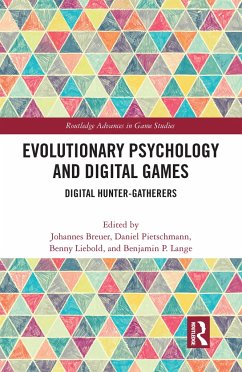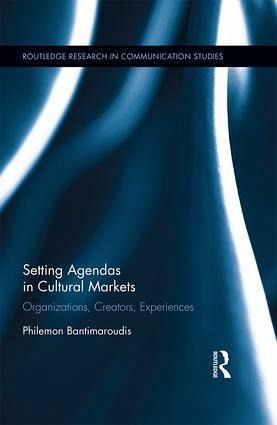
Setting Agendas in Cultural Markets
Organizations, Creators, Experiences
Versandkostenfrei!
Versandfertig in 6-10 Tagen
154,99 €
inkl. MwSt.
Weitere Ausgaben:

PAYBACK Punkte
77 °P sammeln!
This book draws on agenda setting theory to examine how cultural organizations relate to media in order to increase their visibility, valence, and eventually build their public image. Most organizations have a keen interest in their symbolic presence, as their media visibility influences public knowledge, perceptions and even behaviors. Diminished public funding, in combination with the global proliferation of cultural entities, creates a competitive environment, leading to a transformation of cultural industries. In the book, several questions are under scrutiny: How do cultural organizations...
This book draws on agenda setting theory to examine how cultural organizations relate to media in order to increase their visibility, valence, and eventually build their public image. Most organizations have a keen interest in their symbolic presence, as their media visibility influences public knowledge, perceptions and even behaviors. Diminished public funding, in combination with the global proliferation of cultural entities, creates a competitive environment, leading to a transformation of cultural industries. In the book, several questions are under scrutiny: How do cultural organizations acquire symbolic significance? How do they become prominent in media content? Which mechanisms and processes should be examined by cultural managers as they set out to achieve salience? Is there a relationship between media and public salience? In other words, if an organization becomes symbolically prominent, in what ways is the public influenced, both in terms of perceptions as well as behaviors?





